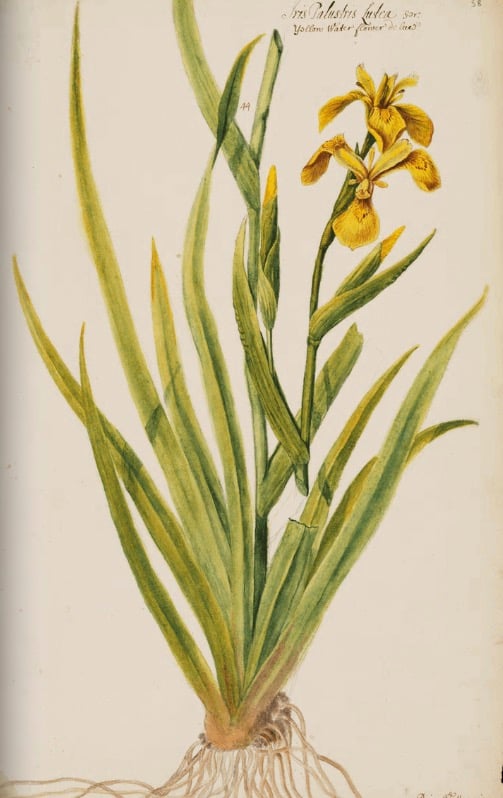Humane Ingenuity 21: Functional and Eternal
by Dan Cohen

Tomb relief of the official Ptahshepses, also called Impy, Egyptian, Old Kingdom, Dynasty 6, 2323–2150 BCE. Carved limestone. Harvard Art Museums.
During their Covid closure, the Harvard Art Museums have started a weekly video series explaining art that you might not have fully engaged with before. The first video, "How Egyptian Art Works," is a great introduction to hieroglyphs on a limestone tomb, analyzed by curator Jen Thum.
The Egyptians didn't have a word for art as we know it...Egyptian art is always functional, and it always shows a perfect ordered world that's projected for eternity.
Functional and eternal is quite a combination.
"Nature is healing, we are the virus" is a prevalent meme right now, as people discover or imagine flora, fauna, and Daleks taking over outdoor spaces abandoned by homebound humans. Anastasia Leopold, Alex Bondi, and Kalpana Bhandari, students at Northeastern University, envisioned an uncynical version of this process to heal the landscape from climate change and toxic waste. The title of their project alone is wonderfully evocative: "Invasive Infrastructure."
Their idea is to use an adroit plant, phragmites australis, which is the common reed in many parts of the world, but not native to New England, to repair Massachusetts estuaries by providing structural rigidity to essential waterways while at the same time removing toxins from the water through their roots.

Moreover, Leopold, Bondi, and Bhandari have designed beautiful, minimalist wood frames that two people can assemble and disassemble, IKEA-style, to support and protect parts of the green infrastructure while it grows.

I am not their professor, but I give this an A+ for humane ingenuity. (The project justly won the Excellence in Research award at Northeastern's RISE expo, which was virtual this year.)
Most college courses had to move rapidly and grudgingly online this semester, but ds106, a digital storytelling course at the University of Mary Washington that was first taught a decade ago, started in person but has been Very Online ever since, an ongoing community known for creativity and fun.
The latest from ds106 is a web-based community cable TV channel. There are even instructions so you can add your own broadcast to the live stream from your home.

Bonus points for the retro Emerson TV interface. Semi-functional and ephemeral.
It snowed in Boston yesterday, but today spring is here.



Illustrations of British grasses and wild flowers by naturalist Richard Waller, c. 1686-1688, via the Royal Society's "Turning the Pages" exhibit.